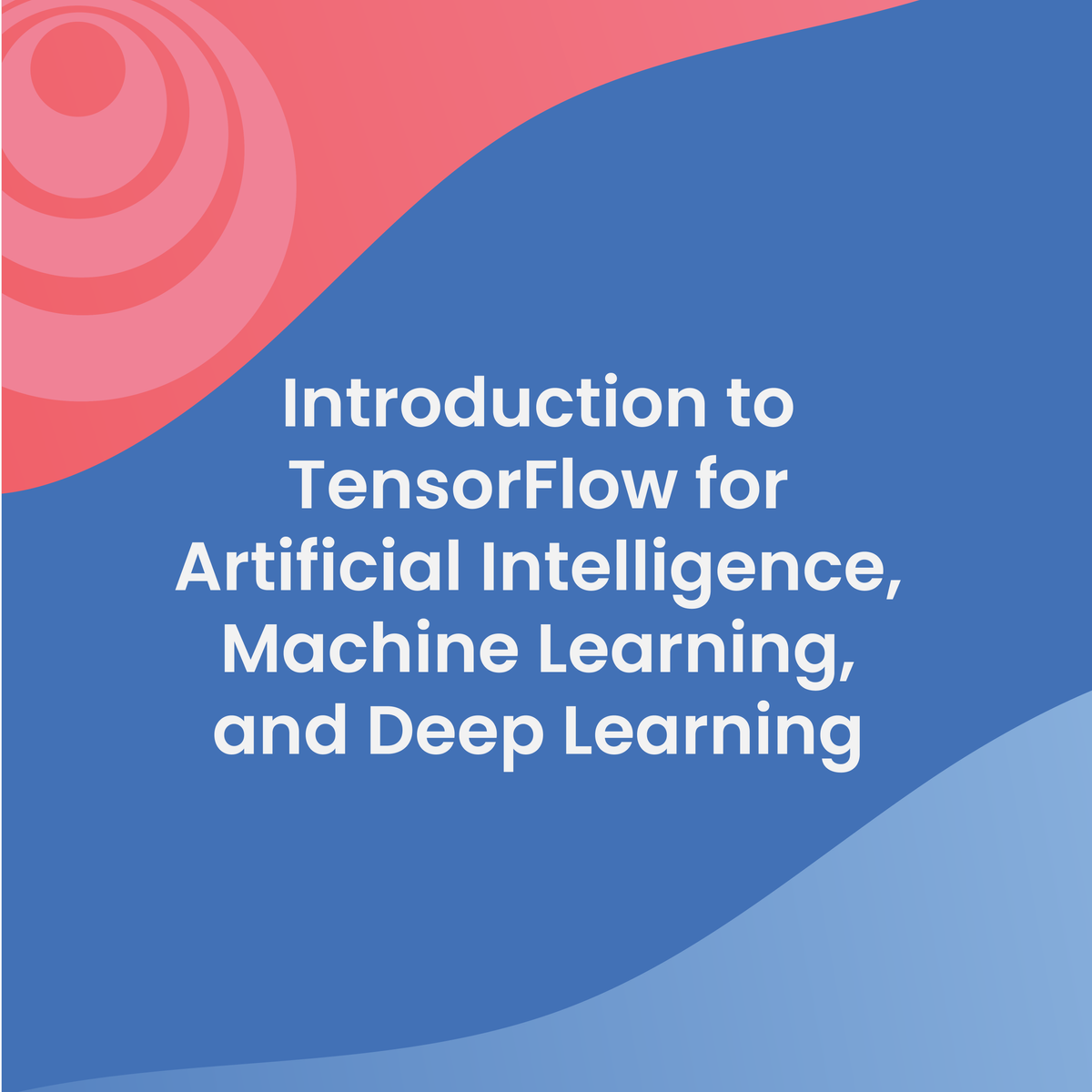Back to Courses









Computer Science Courses - Page 9
Showing results 81-90 of 2309

Getting Started with Azure DevOps Boards
In this guided project, you will create and setup an Azure DevOps project; add teams to your project; create, import, and manage work items; customize the project’s boards; and explore different views of your work items, and organize them into sprints.
Note: This course works best for learners who are based in the North America region. We’re currently working on providing the same experience in other regions.

Storing, Retrieving, and Processing JSON data with Python
By the end of this project, you will learn how to work with JSON data in python. we will learn what is an API and how we can access the data using HTTP requests in Python. We are going to retrieve the data and use TKinter module in python to develop a desktop application for browsing characters rolled in Rick and Morty series. During this project, you will learn what a JSON API is and how it works. you will learn about how to send an HTTP request to the server to retrieve the JSON data and at the end, we are going to learn how to use this data to develop a desktop application using python and TKinter.

Manage Idea Generation with Brainwriting in Miro
By the end of this project, you will be able to team idea generation with brainwriting techniques in Miro.
To do this, you will gain hands-on experience applying guided brainstorming strategies to create a brainwriting visualization through in the Miro online visual collaboration platform for teamwork.
Note: This course works best for learners who are based in the North America region. We’re currently working on providing the same experience in other regions.

Programming Languages, Part A
This course is an introduction to the basic concepts of programming languages, with a strong emphasis on functional programming. The course uses the languages ML, Racket, and Ruby as vehicles for teaching the concepts, but the real intent is to teach enough about how any language “fits together” to make you more effective programming in any language -- and in learning new ones.
This course is neither particularly theoretical nor just about programming specifics -- it will give you a framework for understanding how to use language constructs effectively and how to design correct and elegant programs. By using different languages, you will learn to think more deeply than in terms of the particular syntax of one language. The emphasis on functional programming is essential for learning how to write robust, reusable, composable, and elegant programs. Indeed, many of the most important ideas in modern languages have their roots in functional programming. Get ready to learn a fresh and beautiful way to look at software and how to have fun building it.
The course assumes some prior experience with programming, as described in more detail in the first module.
The course is divided into three Coursera courses: Part A, Part B, and Part C. As explained in more detail in the first module of Part A, the overall course is a substantial amount of challenging material, so the three-part format provides two intermediate milestones and opportunities for a pause before continuing. The three parts are designed to be completed in order and set up to motivate you to continue through to the end of Part C. The three parts are not quite equal in length: Part A is almost as substantial as Part B and Part C combined.
Week 1 of Part A has a more detailed list of topics for all three parts of the course, but it is expected that most course participants will not (yet!) know what all these topics mean.

Introduction to TensorFlow for Artificial Intelligence, Machine Learning, and Deep Learning
If you are a software developer who wants to build scalable AI-powered algorithms, you need to understand how to use the tools to build them. This course is part of the upcoming Machine Learning in Tensorflow Specialization and will teach you best practices for using TensorFlow, a popular open-source framework for machine learning.
The Machine Learning course and Deep Learning Specialization from Andrew Ng teach the most important and foundational principles of Machine Learning and Deep Learning. This new deeplearning.ai TensorFlow Specialization teaches you how to use TensorFlow to implement those principles so that you can start building and applying scalable models to real-world problems. To develop a deeper understanding of how neural networks work, we recommend that you take the Deep Learning Specialization.

Hands-on Text Mining and Analytics
This course provides an unique opportunity for you to learn key components of text mining and analytics aided by the real world datasets and the text mining toolkit written in Java. Hands-on experience in core text mining techniques including text preprocessing, sentiment analysis, and topic modeling help learners be trained to be a competent data scientists.
Empowered by bringing lecture notes together with lab sessions based on the y-TextMiner toolkit developed for the class, learners will be able to develop interesting text mining applications.

Introduction to User Experience Principles and Processes
This UX course provides an introduction to the fields of UX research and design. Learners will gain an understanding of what is involved in UX research, including conducting interviews, evaluating systems, and analyzing systems using principles of good design. Learners will also learn about the work involved in UX Design, including the generation of promising design solutions and the creation of prototypes at multiple levels of fidelity. By interleaving successive phases of UX Research and Design, learners will see how to learn from inevitable mistakes and improve towards a product with a great UX.
What you'll learn:
- The skills needed for UX research and design
- How UX researchers discover and assess user needs and assess possible designs
- How to conduct a micro-usability test
- How UX designers use sketching and prototyping to develop design concepts
- How to incorporate a user-centered focus into the design process
- Key features of human behavior and describe their impact on the design of interactive systems
- Techniques for critiquing and designing interactive systems based on human capabilities and behavior

Building Interactive User Interfaces Using React Library
A frontend application is expected to have an attractive, responsive UI and a seamless UX with swift navigable views. Single Page Applications (SPAs) fulfill these expectations as they are lighter and efficient. React, a popular JavaScript library is used for developing complex user interfaces for single page applications (SPAs). Facebook, Instagram, Netflix, Airbnb etc., are some of the famous websites that use React.
In this course, you will learn to construct an SPA by developing reusable and testable React Class components. The library helps you explore React features that enhance the performance of web applications by enabling partial page updates.

Ethics of Artificial Intelligence
This course deals with the problems created, aggravated or transformed by AI. It is intended to give students a chance to reflect on the ethical, social, and cultural impact of AI by focusing on the issues faced by and brought about by professionals in AI but also by citizens, institutions and societies. The course addresses these topics by means of case studies and examples analyzed in the light of the main ethical frameworks.

Validate HTML Forms with JavaScript and HTML
By the end of this project, you will have written and tested JavaScript and HTML code that validates data values entered into input fields on an HTML form. Data validation is a valuable skill in web development. Notifying users of input errors not only improves the user experience it also helps to ensure that any data collected via a form is as accurate as possible before sending it to a server for processing.
Note: This course works best for learners who are based in the North America region. We’re currently working on providing the same experience in other regions.
Popular Internships and Jobs by Categories
Browse
© 2024 BoostGrad | All rights reserved


